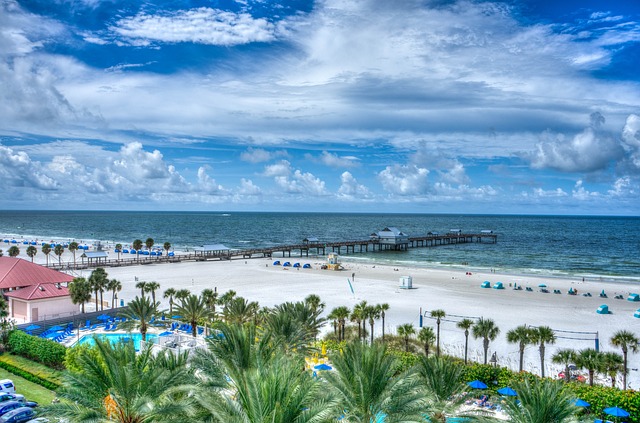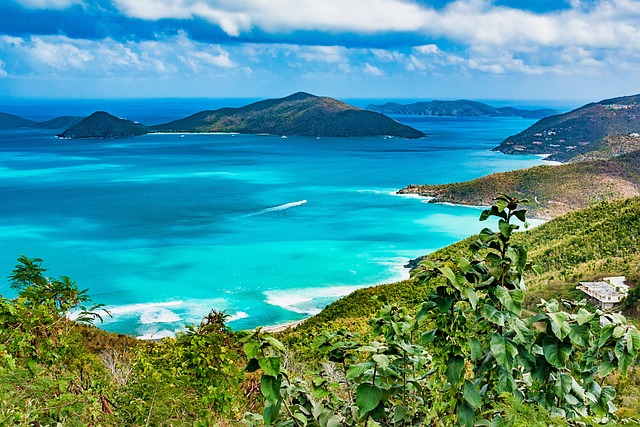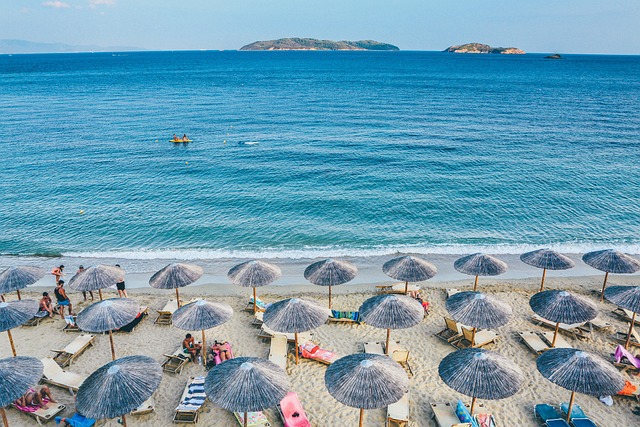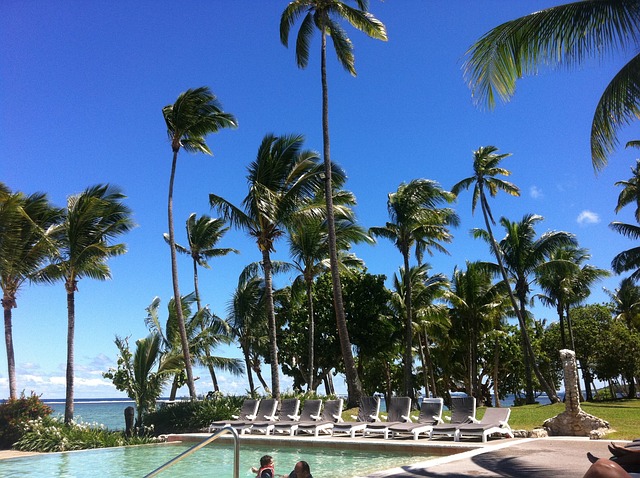Best Brazilian Drinks You Must Try
Brazil is located in South America. The capital city of Brasilia looks huge. But that’s just a small part of this country that covers a lot of different landscapes, from the coast to the Amazon. In Brazil, the culture can be different and some offer unique and special drinks. In Brazil drinking legal age is 18 years.

Best Drinks of Brazil to Try:
The country has beautiful people, beautiful beaches and amazing food, and you will love the delicious Brazilian drinks. There is an incredible variety of drinks that a foreigner can find in Brazil. Some of them are natural, like fruit juice, but others are so original that only Brazilians could have invented them. Here we are discussing the best Brazil drinks you must try:
Cachaca:
Cachaca is an aromatic drink made from sugarcane, with a high alcohol content. As with any other alcoholic drink, there are good brands of Cachaca, as well as many cheaper brands. If you want to enjoy and feel the warmth of your favourite Brazilian drink, make sure to buy a good brand. Cachaca is also known as Pinga and can be made with lime and honey.
Caipirinha:
Caipirinha is Brazilian national drink. The traditional Brazilian Caipirinha is made with cachaca (a Brazilian rum made from pure sugar cane juice). It is one of the best Brazilian drink with rum. The traditional Caipirinha is made with Cachaca, sugar, lime and ice, all mixed in a glass. There are many other flavours, however, where different fruits replace the lime: red berries, passion fruit, cashew, tangerine and lychee are just a few of them. The brazil’s national drink can also be prepared with different types of alcohol. The vodka version is called Caipiroska or Caipivodka.
Guarana:
Guarana is a soft drink of Brazil and its taste is sweet and different. It is one of the best Brazilian fizzy drink. This drink takes its name from the guarana berry, an Amazon fruit that is a stimulant; it has twice as much caffeine as coffee beans. Guarana, soda, contains a small amount of guarana fruit. This fruit is rich in energy and can be used to make fresh fruit juice.
Xiboquinha:
It is a Brazilian drink which is made from sugarcane juice. Made from cachaça, Xiboquinha is added with ginger, cinnamon, honey, lime juice and herbs for that spicy flavor. This Brazilian drink is an important part of forro, a music and dance festival that takes place in the northeastern region of Brazil. If you want to try high-quality Xiboquinha, you should go to the northeast region of Brazil in June.
Catuaba:
The name Catuaba comes from the name of a plant that has been used for centuries for its health benefits. Traditionally consumed by the Tupi people as an infusion, Catuaba is today one of the most consumed alcoholic beverages in the country. Catuaba is made primarily from fermented sugarcane juice that is infused with plants such as guarana, marapuama, and spices. Also, fermented apple juice is added for flavor. Catuaba has a balanced flavor and fruity aroma.
Best Alcoholic Brazilian Drinks:
Brazil is famous for football, carnival, coffee and caipirinha. The Brazilian alcohol industry is diverse and growing, with the South American country being the main market. In 2022, this sector generated a turnover of more than US$ 42 billion, and it is expected that the country will be the second-largest alcohol market in the world by 2027. Here we will discuss the best alcoholic Brazil drinks:
Macunaima:
Like Caipirinha and other drinks in Brazil, Macunaima is made from cachaca. The drink is named after the famous novel Macunaima by Mario de Andrade. For making macunaima cocktail, cachaca, freshly squeezed lemon juice, sugar syrup are and ice cubes are added and shaked. It is usually served in a chilled glass or a traditional Brazilian glass called a barriquinha, which looks like an old glass without any decorations. Macunaima is sweet and savory, making it a great choice in an alcoholic drink for starters. It is Brazil’s famous drink.
Cobogo:
Cobogo is a liquor made from cachaca mixed with turmeric, lime, jaboticaba and a pinch of salt. Jabuticaba is a yellow fruit that looks like a mangosteen. It is often made into jam and adds a sweet flavour to the cobogo drink. The taste of Jaboticaba combines well with the coffee, spice and flavour of cachaca. With a little bit of salt, cobogo is unique, delicious and addictive and is one of the best alcoholic drinks of Brazil.
Brazilian Beer:
Brazil is the third largest beer market in the world after the United States and China. Brazil’s range of alcoholic beverages is not limited to cachaca and rum. The most popular Brazilian brands for beer are Nova Schin, Antarctica, Brahma and Skol. Besides traditional Brazilian drinks, beer is the most competitive alcoholic beverage in the country. It is one of the best Brazilian alcoholic beverages. Depending on the type of Brazilian beer brands, their taste varies. Brazilians love to drink beer ice cold. The beers are kept in the refrigerator for a few hours before the session begins, enough to reach a good taste of Brazilian beer.
Axe de Fala:
The alcoholic drink is the most popular Brazilian drink in the northeastern region, especially during the Brazilian Carnival week. Axe de Fala is a drink made from low cachaca, cloves, honey, guarana powder, cinnamon and other secret herbs. Axe de Fala is sweet and delicious and you can’t resist drinking more of it.
Cauim:
Cauim is one of the most alcoholic beverages in Brazil, made from fermented cassava root, also known as cassava or yucca. It is a fermented drink, like Peruvian chicha. It can also be prepared from plantain, corn, rice or even peanuts. But traditionally, it is cassava, also known as yucca or yuca, depending on where you live in the world making it one of the Brazilian traditional drinks. The process starts with cooking the main dish. Then, the women who make Cauim chew the boiled starchy base, their water takes part in the fermentation process. There is also a commercial product made by Brazilian brewery, Colorado Cervejaria.
Leite de onca:
Leite de onca, a Brazilian drink is another Festas Juninas favorite. It may look like Cuban crema de vie but without eggs. It is usually cachaca, milk and cocoa cream mixed together and poured into a chilled glass or mug. Sprinkle with chocolate or powdered sugar as a garnish while highlighting the drink and flavor of the cream. Leite de onça is sweet, fragrant and not too sweet and you can combine it with berry desserts or custards. But don’t be fooled by its creaminess, because drinking too much will make you too drunk.
Quentao:
Quentao is like a mulled wine or vinho quente. But instead of red wine, quentao is made with cachaca, fresh apples, ginger, cloves, sugar, cinnamon and water. Quentao is a winter drink, especially in the colder regions of Brazil. But it is also a popular and enduring drink during Festas Juninas. The combination of caramelized apples and organic ingredients gives an incredible aroma. In Chile it is called candola, svarene vino in the Czech Republic and varene vino in Slovakia.
Best Non-Alcoholic Brazilian Drinks:
Brazil enjoys beautiful weather throughout the year, so it’s important for people to stay hydrated and energetic while exploring the area. Brazil offers a variety of famous Brazilian drinks that are loved by the visitors. Quench your thirst and energize yourself in Brazil with one of the amazing non-alcoholic drinks listed below while you explore the area.
Chimarrao and Terere:
These are the same drink, with only one difference, Chimarrao is served hot and Terere is served cold. Chimarrao is a drink utilised by the Tupi and Guarani people of South America before the Europeans. They are made in the same way as Mate, a drink found in other countries in South America. It is a drink infused with green leaves and served in the form of a gourd, called cuia. It is among the best non-alcoholic Brazil drinks.
Alua:
Alua is an aromatic drink that originates from Brazil. There are variations, but the most common ingredients include crushed corn or pineapple chunks, although other fruits or even hard bread are sometimes used. Water and brown sugar is added, while the most common additions include grated ginger and cloves. The mixture can be mixed for several days – the long fermentation will affect the flavor, making it more tender and run in time. It is usually made for Festas Juninas and other festivals and events.
Swiss Lemonade/ Limonada Suíca:
Swiss lemonade or limonada suíca is a thirst-quenching drink made from Brazilian lime. It is considered to be the best non-alcoholic drinks in Brazil. It is made with fresh limes, water, sugar and ice to make it basic. Limes are usually cut into small pieces, put the skin on, mix all the spices for a while until frozen. The drink should be served immediately, while it is still cold. The most popular variation includes warm milk, which gives a soft, creamy texture. Swiss lemonade can be served plain or over ice.
Cajuina:
Cajuina is a Brazilian drink made from the cashew fruit (cashew apple). It was originated in northeast of the country. It is similar with Piaui and Teresina. It is made from cracked and dried cashew nut juice. The resulting liquid is golden in color due to the caramelization of sugars that occurs during the injection process, and it has a pleasant sweet taste. Cajuina was traditionally produced as a non-industrial drink, but today there are many industrial versions.
Umbuzada or Imbuzada:
Umbuzada or imbuzada is a drink from northeastern Brazil, especially popular in Bahia. It is made with milk, sugar and Brazilian plums known as umbu or imbu. Umbu is boiled in water. Once cooked, the pit is removed. Flour, sugar and milk are added in a blender and mixed. The drink is ready to serve. The drink is characterized by a slightly acidic flavor.
Guarana juice:
Guarana is widely cultivated in Brazil and has been found to have many benefits. It is used in herbal teas, natural sweeteners for sodas and energy drinks around the world. It is believed that drinking guarana juice is effective for weight loss, with antioxidants, antifungals, antibacterials that improve mental performance. Guarana juice has a sweet flavor and the color of apple and ginger ale.
Suco de Cupuacu:
Suco de Cupuacu is made from a Brazilian fruit called cupuacu. The fruit is a cousin of the cocoa bean that has a chocolate flavor. Cupuacu juice has the aroma of pineapple or melon. The fruit itself is considered a large fruit and is said to have a high nutritional value.
To Conclude:
Brazil attracts millions of tourists every year with its natural beauty and modern wonders. Brazil offers lip-smacking oriental drinks, cocktails and wines. The famous Brazilian drinks give tourists an unforgettable experience. Brazil offers many drinks, alcoholic and non-alcoholic, that will leave you wanting to know more. So, plan a trip to Brazil and have a gourmet dining experience. This trip will be worth it.












